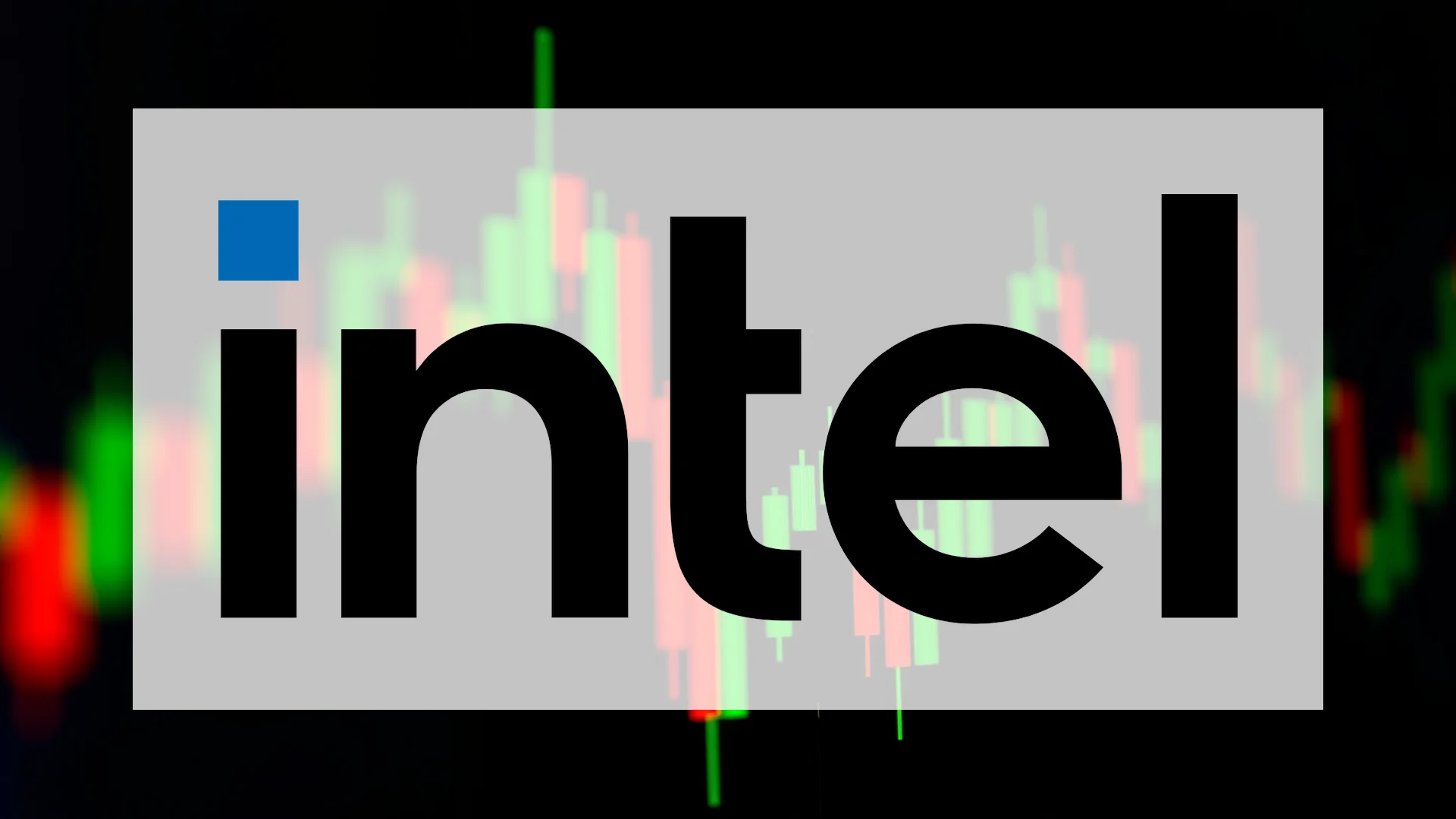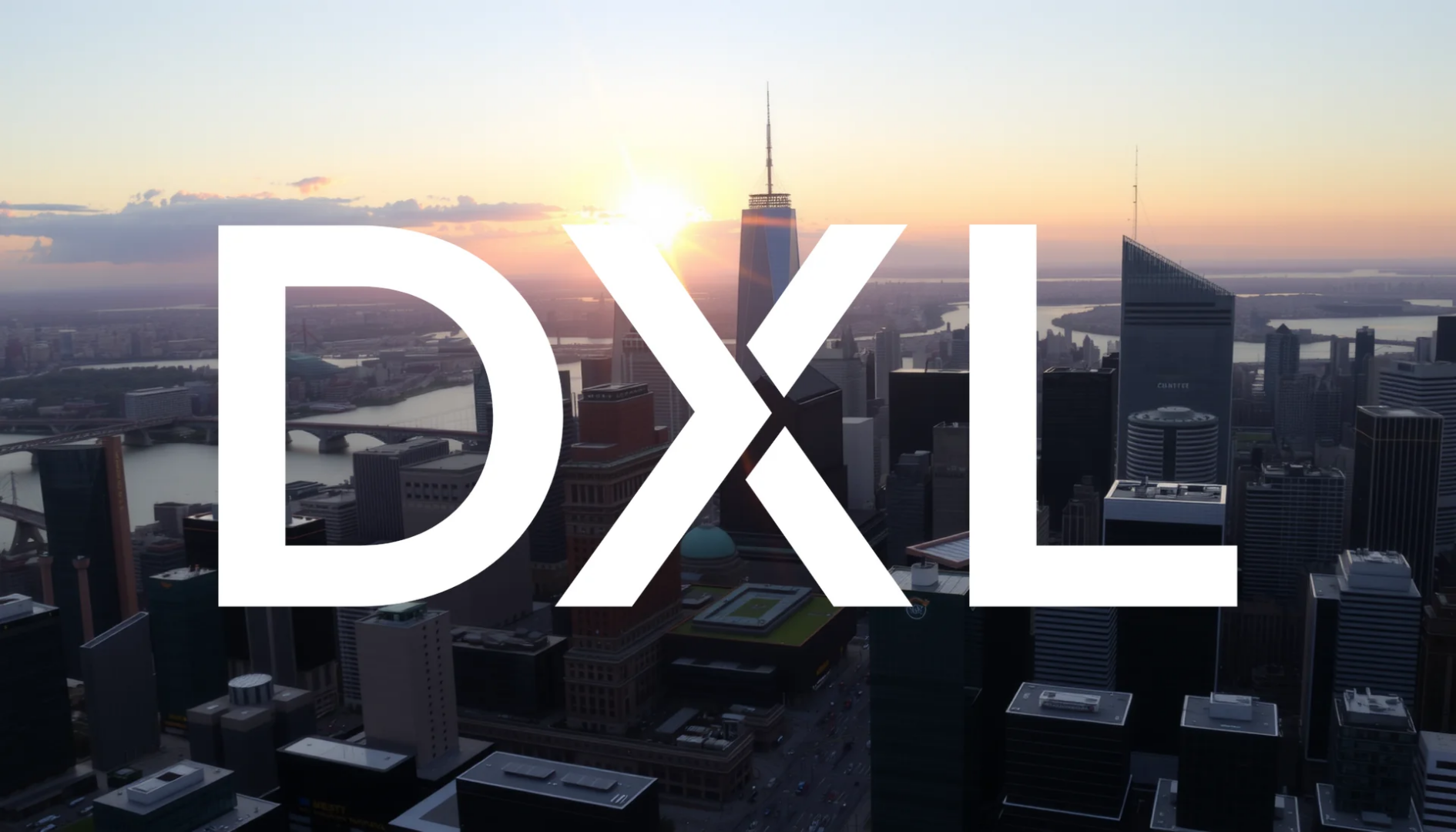Intel finds itself in a curious position as the company unveils its groundbreaking 18A chip technology to investor skepticism. Despite announcing revolutionary processors that promise substantial performance improvements, the semiconductor giant’s stock faces downward pressure. The market response appears contradictory: how can such advanced technological developments trigger sell-offs rather than rallies?
Strategic Partnerships Signal Confidence
Contrary to the negative market reaction, several major technology players have demonstrated substantial faith in Intel’s direction. NVIDIA has committed $5 billion toward Intel’s foundry strategy, while SoftBank invested $2 billion. The U.S. government has further bolstered this confidence with an $8.9 billion investment. These substantial financial endorsements suggest industry insiders see genuine potential in Intel’s 18A technology, which promises 15% better performance per watt and 30% higher chip density compared to previous generations.
The 18A Technology Landscape
Intel’s latest semiconductor advancement represents a significant leap in processing capability. The Panther Lake processors for personal computers deliver more than 50% faster CPU performance while achieving up to 180 Platform TOPS for artificial intelligence applications. Simultaneously, the Clearwater Forest data center chips offer a 17% instructions-per-cycle improvement with configurations reaching 288 efficiency cores. Manufacturing has already commenced at the new Fab 52 facility in Arizona, marking a crucial milestone in America’s bid to reclaim semiconductor leadership.
Should investors sell immediately? Or is it worth buying Intel?
Market Concerns Amid Technical Achievements
The disconnect between technological achievement and market performance stems from several factors. HSBC analysts recently downgraded Intel stock, citing persistent financial concerns despite acknowledging the company’s technical progress. The chipmaker’s shares have surged approximately 60% since April, potentially pushing the stock into overbought territory. Additionally, competitive pressures from NVIDIA and AMD continue to weigh heavily on investor sentiment, creating headwinds despite Intel’s innovation.
The October Catalyst
All eyes now turn to October 23rd, when Intel will report quarterly earnings. This announcement will serve as a critical test: can the company translate its technological promises into tangible financial results? Investors who have witnessed the stock’s dramatic recovery from €16.61 to over €32 per share demand concrete evidence of production successes and customer acquisitions. The technology exists—the question remains whether Intel can effectively monetize these advancements and justify the market’s earlier enthusiasm.
Ad
Intel Stock: Buy or Sell?! New Intel Analysis from November 29 delivers the answer:
The latest Intel figures speak for themselves: Urgent action needed for Intel investors. Is it worth buying or should you sell? Find out what to do now in the current free analysis from November 29.
Intel: Buy or sell? Read more here...










